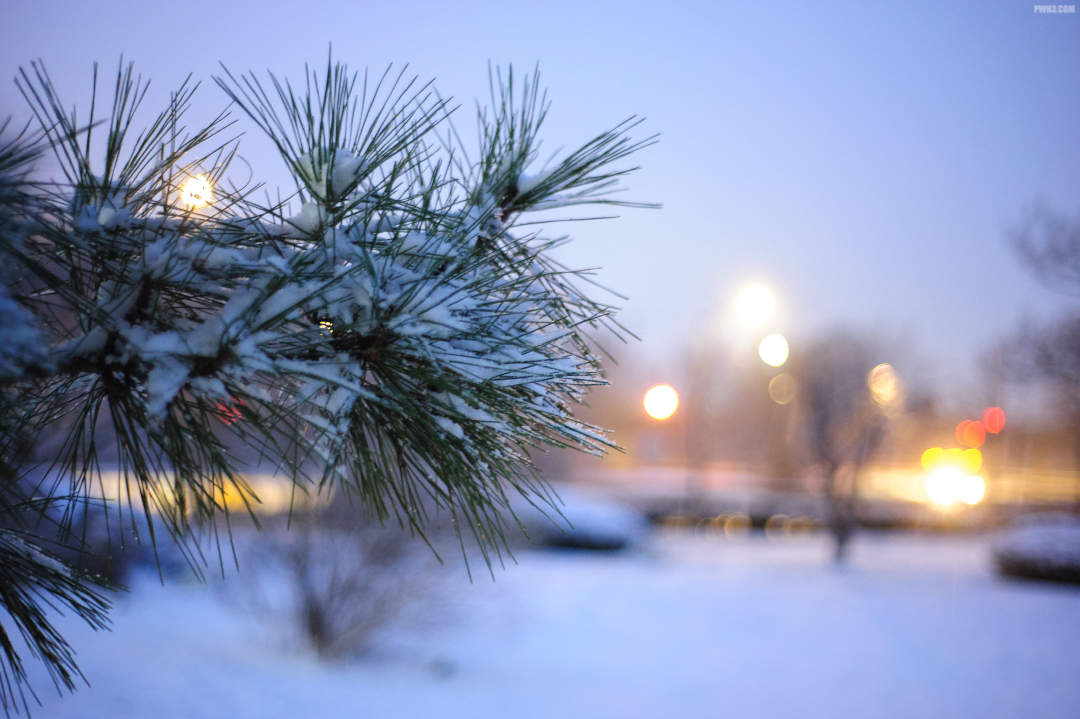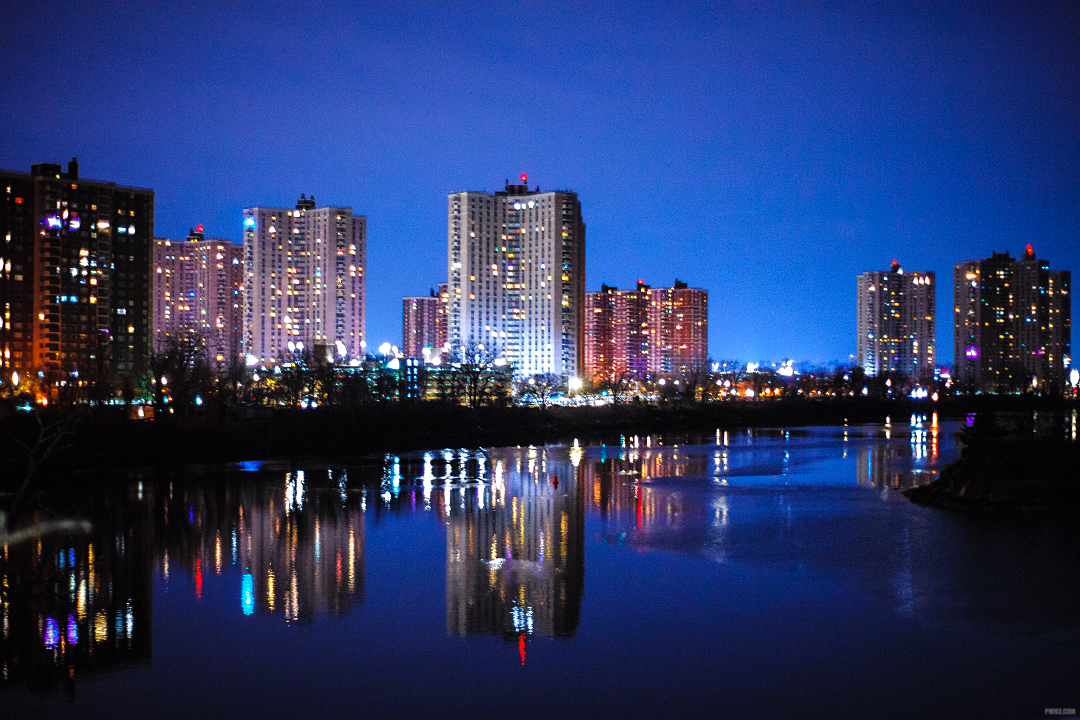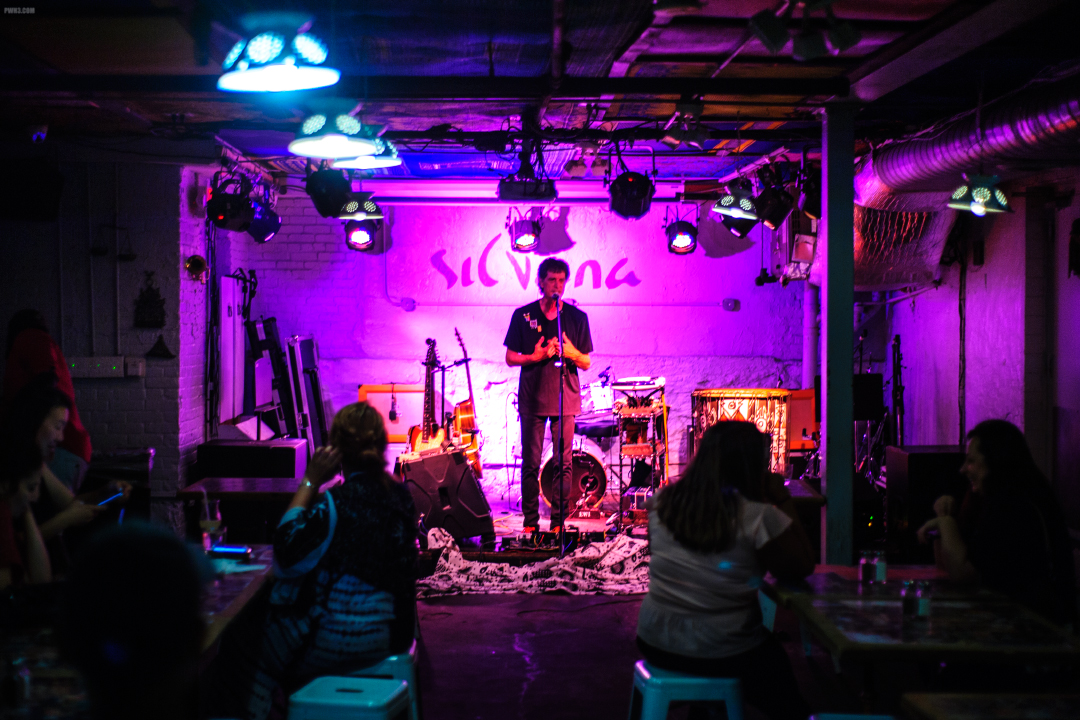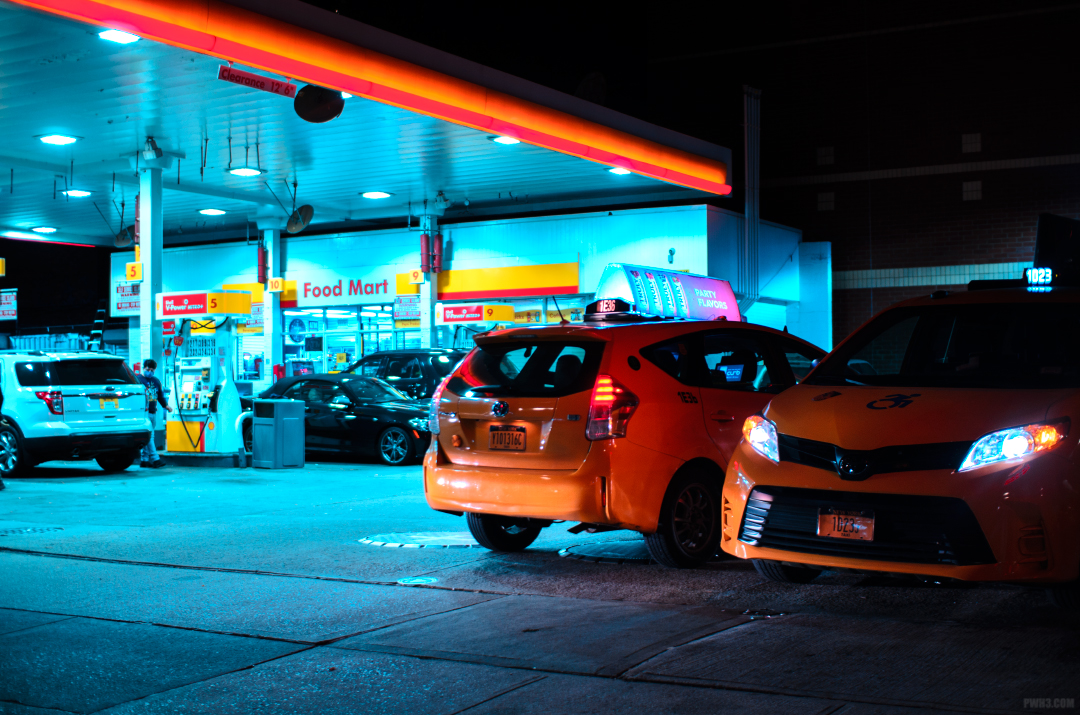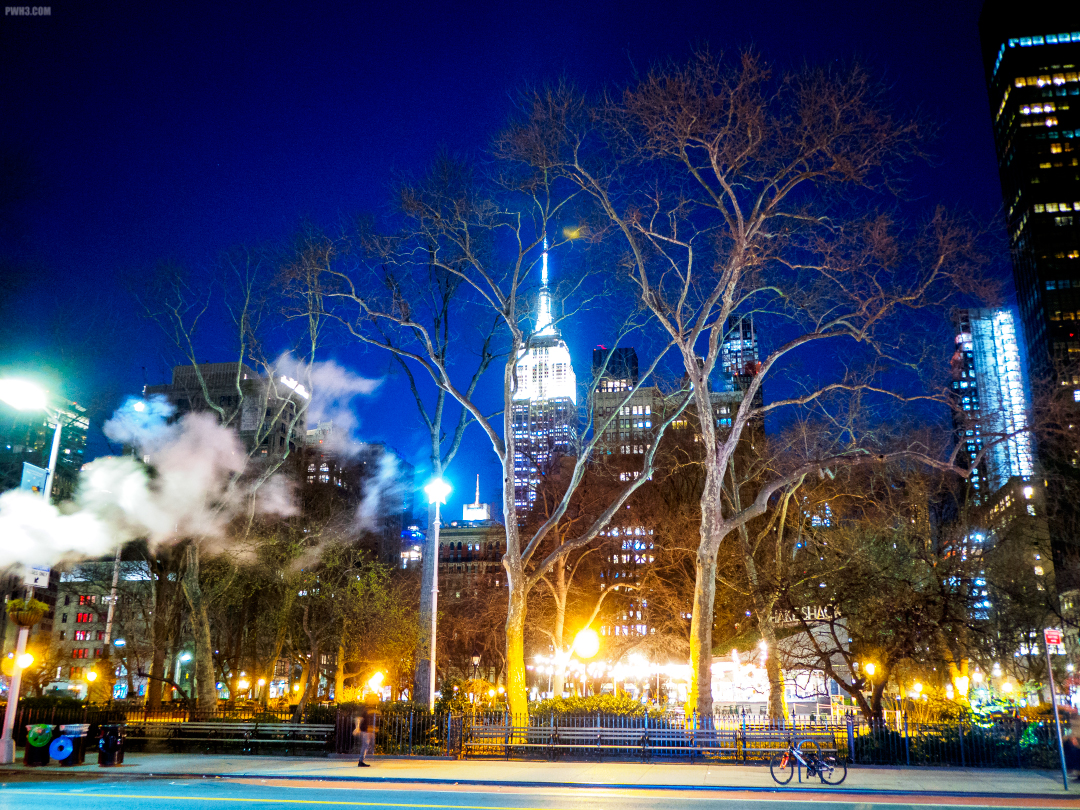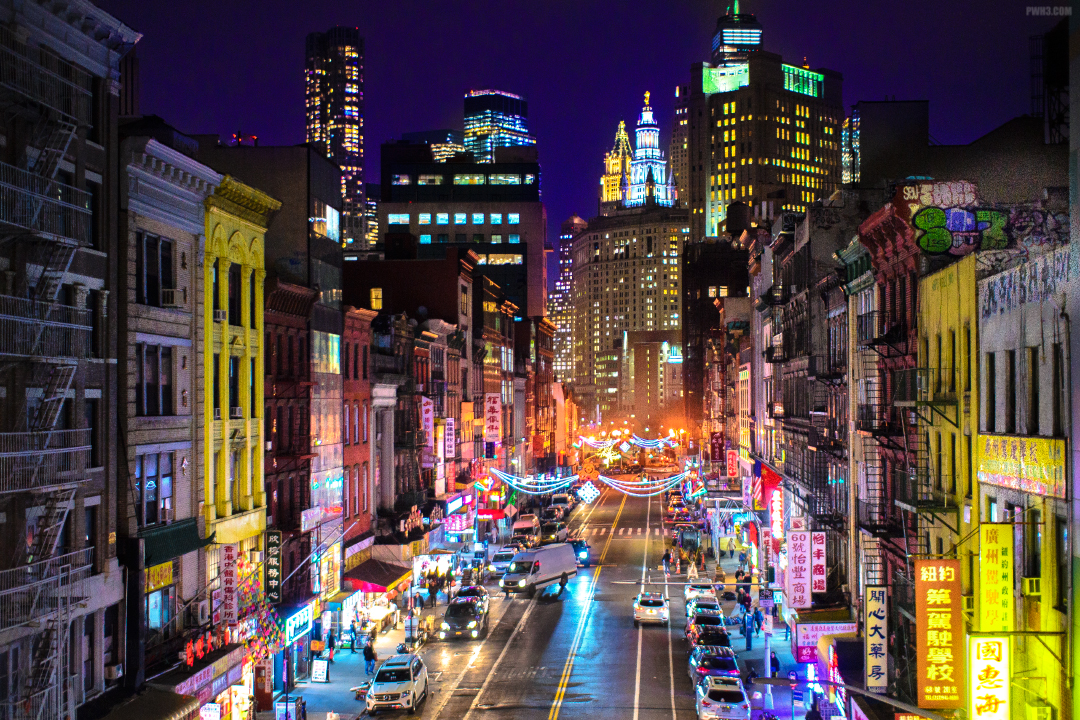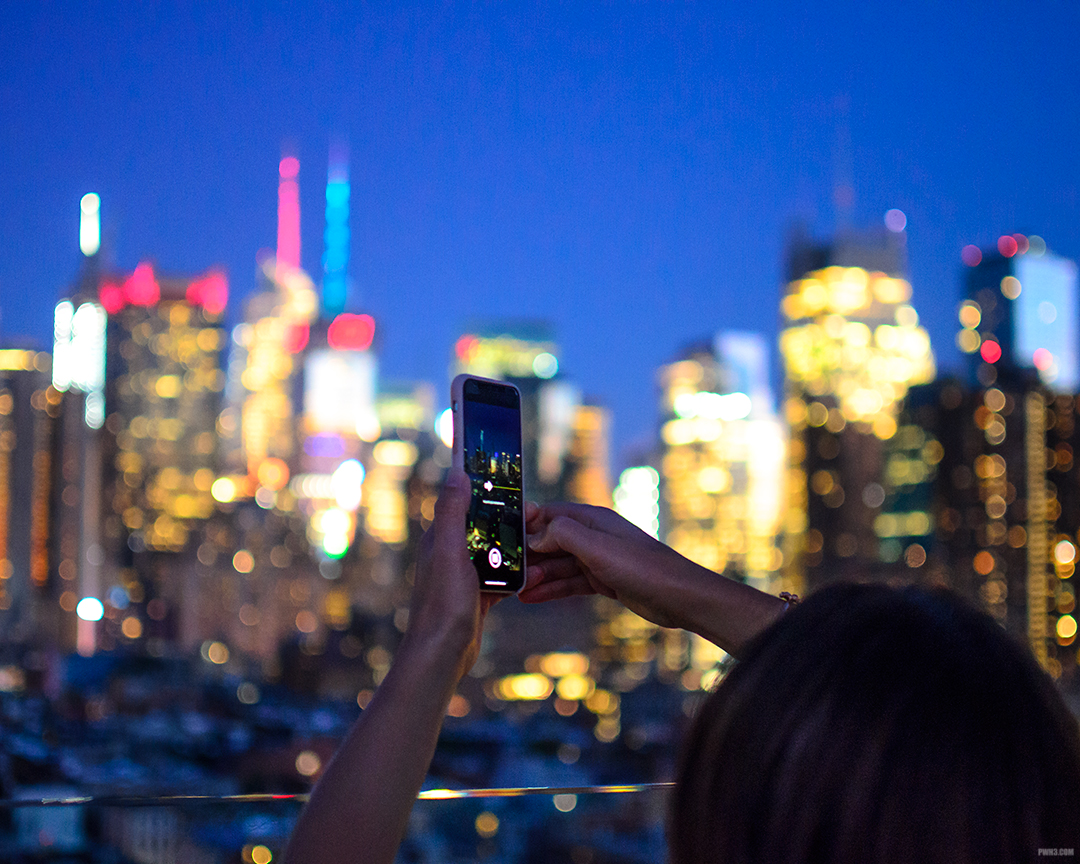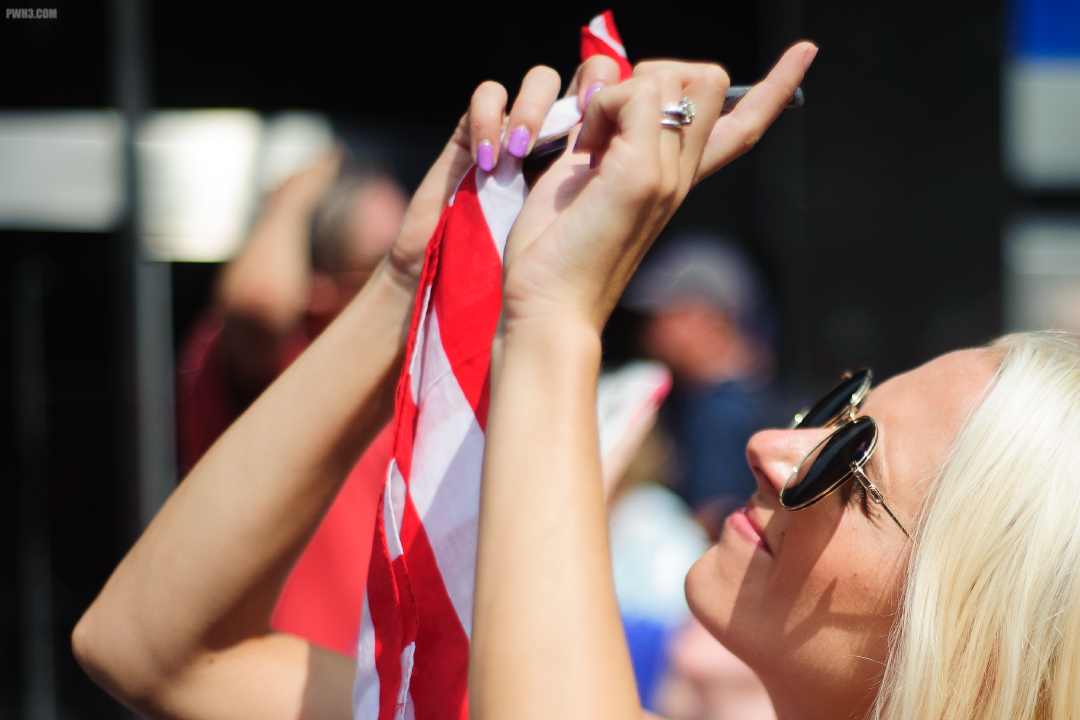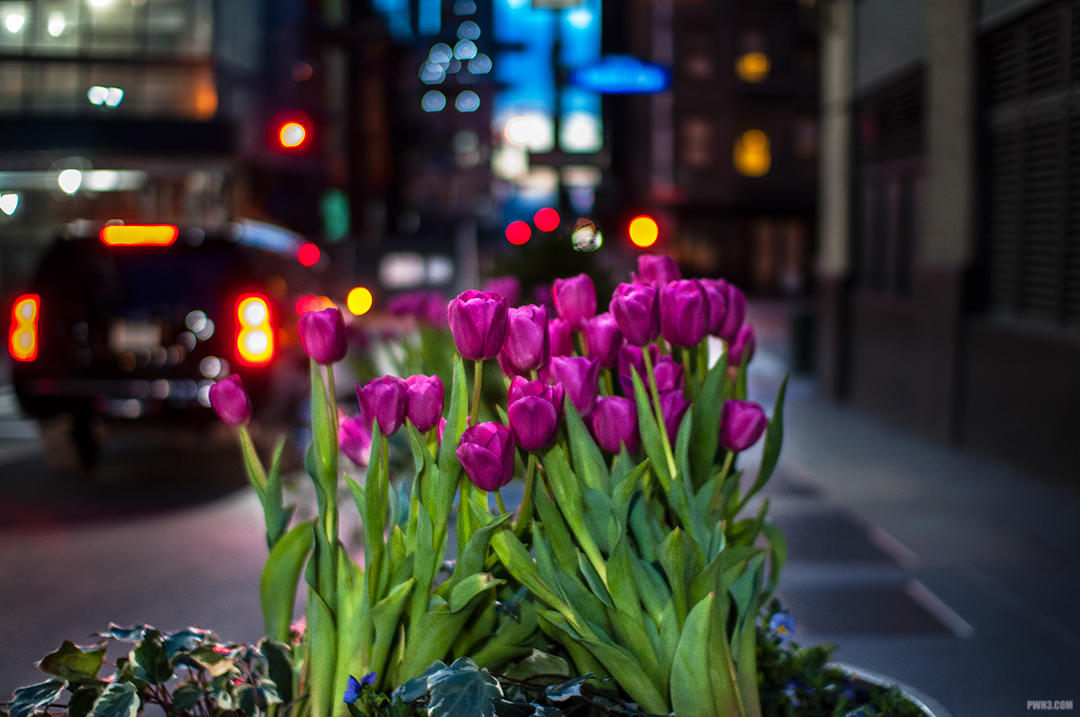Inside every camera is a light meter that determines the correct exposure for any given scene. Your camera’s meter evaluates what it sees and comes up with the proper exposure based on the light levels of the entire scene. This is usually referred to as matrix metering or pattern metering, and it’s how your camera is setup by default.
Continue reading “Use Spot Metering for Challenging Scenes”Category: Intermediate
The One Thing to Remember For New York City Night Photography
Shooting at night in the city isn’t easy, which is why many photographers don’t bother with night photos. You need to be precise with your technique, and having specialized gear such as fast, wide-aperture prime lenses and a camera with a good sensor is a big help. But no matter what gear you’re using, there’s one very important tip for taking good night photos.
Continue reading “The One Thing to Remember For New York City Night Photography”Reasons to Upgrade to a Full-Frame Camera
Full-frame cameras are digital cameras that have sensors that are equivalent in size to the surface area of a single frame of 35mm film. When digital cameras first arrived on the market, the sensors were small when compared to a frame of 135 (35mm) film. Eventually, camera manufacturers were able to market cameras that had larger sensors that matched the size of 35mm film, and thus the term “full-frame” was used to describe them.
Only a small segment of digital cameras on the market today are full-frame cameras. Most consumer DSLRs and mirrorless cameras use the APS-C sensor format, which feature a sensor size that’s about 30% smaller than a full-frame sensor. If you are reading this article, the DSLR you already have is most likely an APS-C camera. The reason APS-C is still popular is because it’s a good technical compromise: the sensors are just big enough to produce very good images, but because they are smaller than full-frame the cameras and lenses are usually less expensive for the consumer.
Continue reading “Reasons to Upgrade to a Full-Frame Camera”Always Strive to Deliver High-Quality Images
Your goal as a photographer should be to show your clients, your audience and your fans images of the highest possible quality. I’m not saying you always have to “wow” people with dramatic shots of exotic locations. What I mean is that you should produce images of high technical quality. Here are some guidelines for evaluating your own images to see if they meet the standards of high-quality photography.
Continue reading “Always Strive to Deliver High-Quality Images”Why I Still Like Micro Four Thirds
A few years ago, when the Micro Four Thirds system was introduced, it was rather revolutionary: it offered small mirrorless cameras paired with equally small high-quality lenses, giving photographers image quality that came pretty close to consumer-level DSLRs in an easier-to-carry package.
Continue reading “Why I Still Like Micro Four Thirds”Basic Tips for Night Photography
Photographing at night isn’t easy. For a lot of photographers just starting out with night photography, it can be a frustrating experience filled with photos that come out either too dark due to underexposure or very blurry due to camera shake.
But as you can see, most of my photos are taken at night and I feel I consistently get pretty good results. Here are some of my tips for shooting at night.
Continue reading “Basic Tips for Night Photography”Quick Tip for Sharpening RAW Files Accurately
There’s a simple but little-known trick in Photoshop and Lightroom that will help you sharpen your RAW photos more accurately. This trick works with any version of Photoshop or Lightroom.
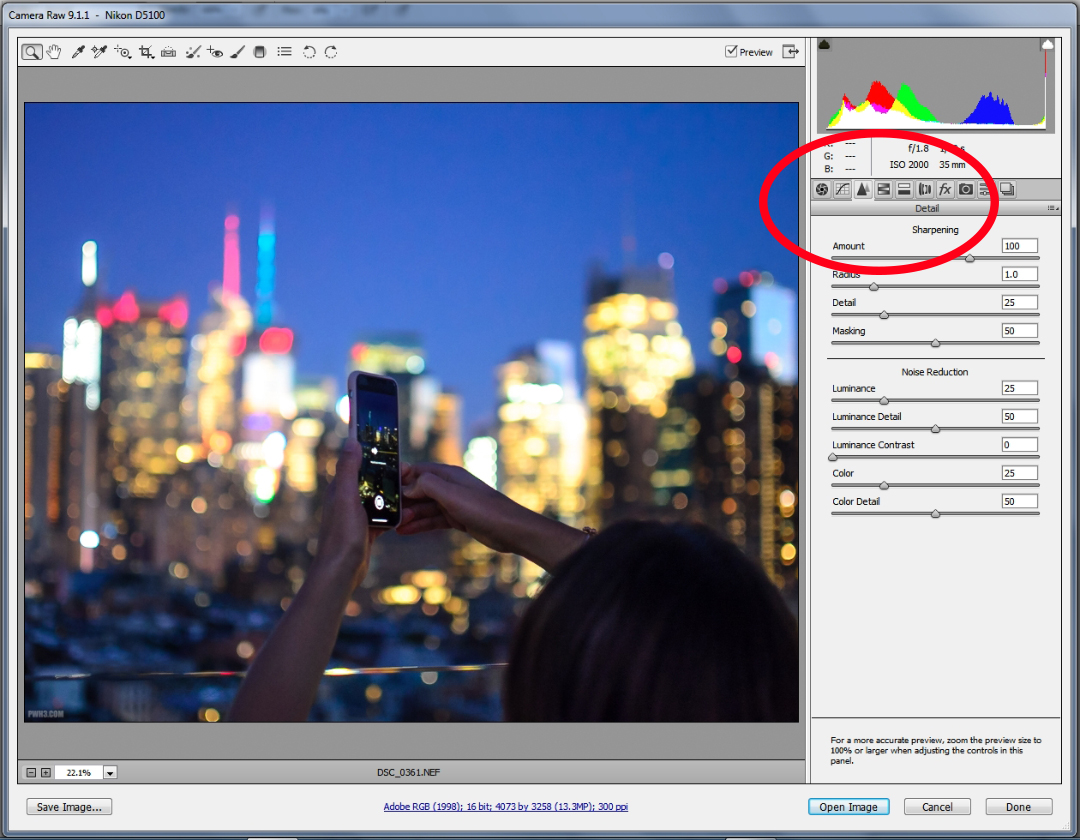
To perform this trick, you’ll need to be in the Detail section of the menu, which looks like two little triangles. You’ll see all of the Sharpening sliders there. Set the Amount to 100 as a starting point.
Continue reading “Quick Tip for Sharpening RAW Files Accurately”Using a Nikon D700 in the Year 2019
It seems that every photographer dreams of some day owning a digital full-frame camera. The lure of full-frame is strong, with promises of photos that have less noise, better retention of shadows and highlights, better color accuracy, and that amazing shallow depth-of-field.
However, improvements in sensor technology have made APS-C and even Micro Four Thirds (m4/3) nearly equal to full-frame cameras in many of those areas. In my opinion, the main reason to move to a full frame system is if you really need very shallow depth-of-field at normal to wide angles (such as 50mm, 35mm, 28mm, 24mm, and so on). Otherwise an APS-C or m4/3 will probably serve you better, and for much less cost.
That being said, if you really want a full-frame camera but don’t want to spend a lot of cash, there are lots of used options among older models. Once selling for thousands of dollars, these old full-frame cameras can now be had for mere hundreds.
Enter the Nikon D700
The Nikon D700 is a legendary camera. It has always reminded me of a digital version of Nikon’s F4 film camera in terms of cult status and aesthetic. And much like the Nikon F4, I have always wanted one (and now own both). The Nikon D700 originally retailed for $2999.99 back in the year 2008. In the used market today, you can pick one up for around $399 — or even less if you are patient and find a good sale. At this point, it’s the cheapest viable way to enter the world of full-frame photography.
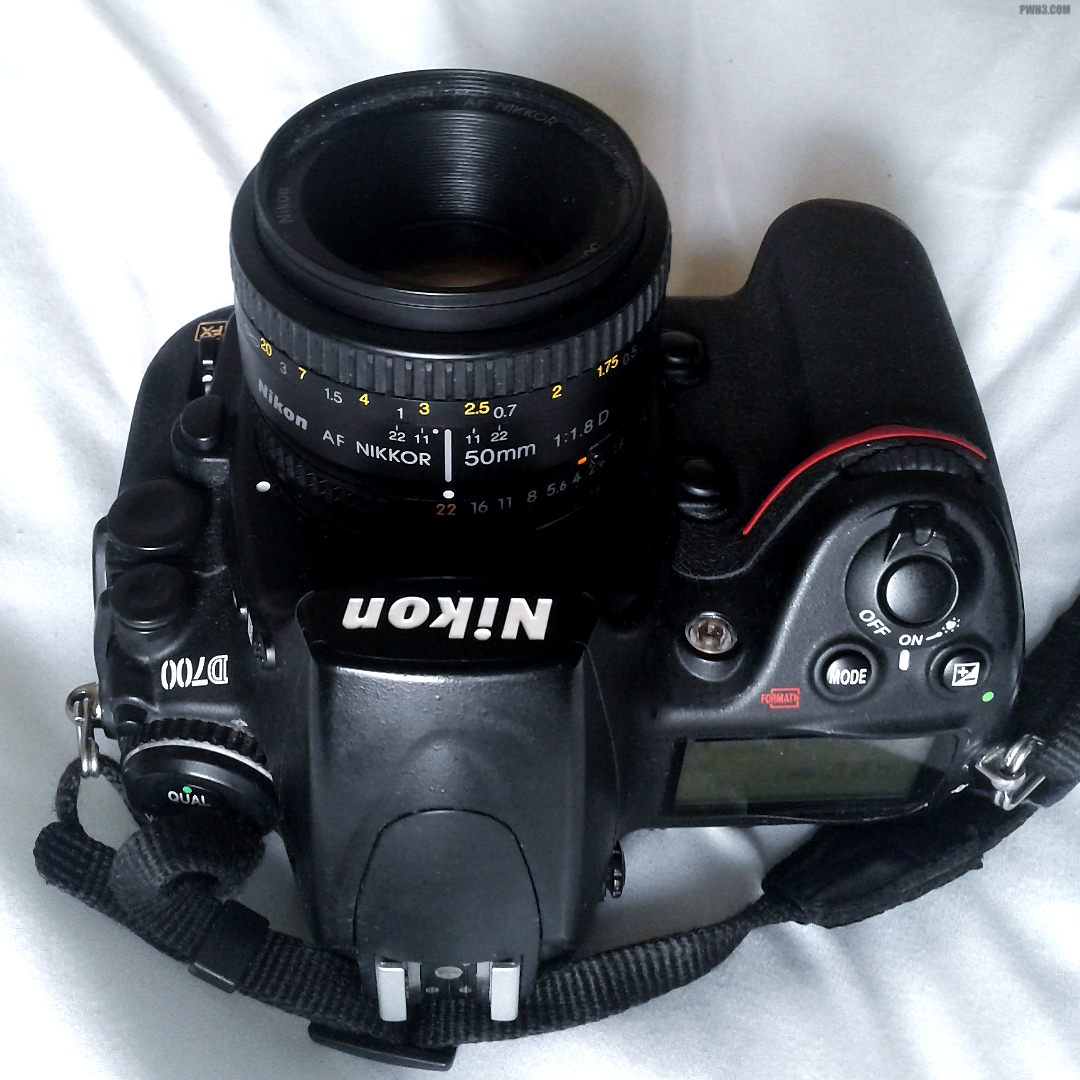
Using an Eleven Year-Old Camera
So how does the Nikon D700 hold up today? Pretty well. It’s a rugged, solid, weatherproof camera. It’s *very* heavy but feels good to hold. The grip is perfect. The controls are great. The viewfinder is enormous and clear. And the full-frame images are… alright.
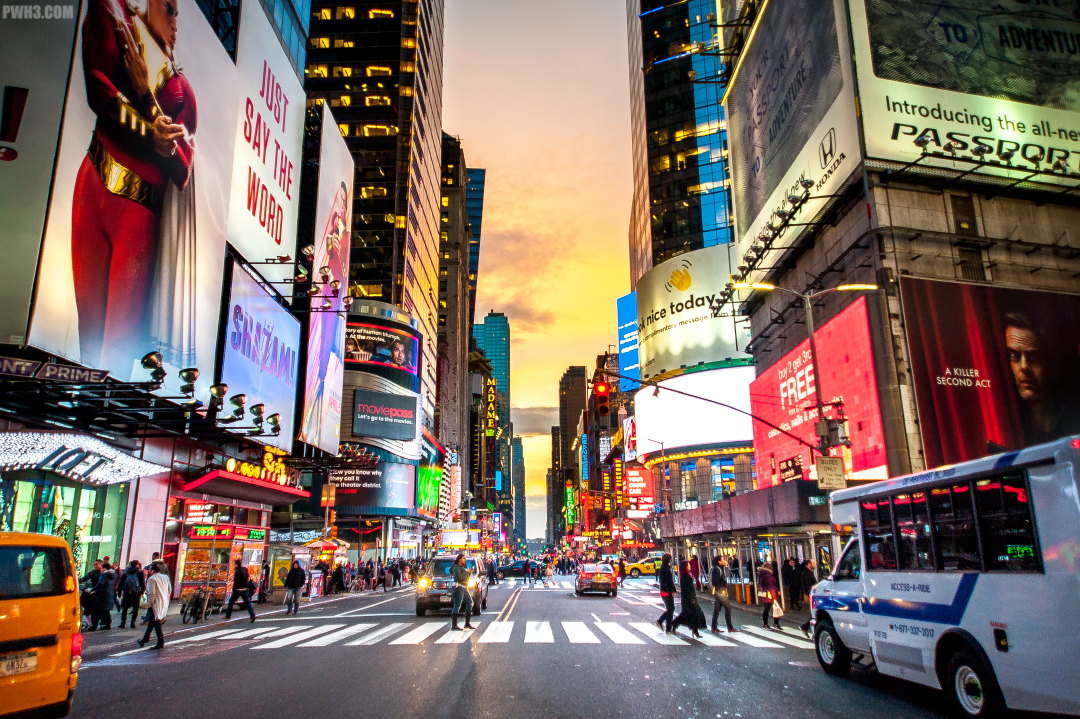
A Camera for the People
Color rendition at lower ISOs is excellent and true-to-life. Highlights and shadows in brightly lit scenes are preserved well. Blue colors seem particularly vivid, as is the case with many older Nikons. Skin tones at the base ISO are pretty good. The D700 seems to excel as a portrait or “people” camera, perfect for events.
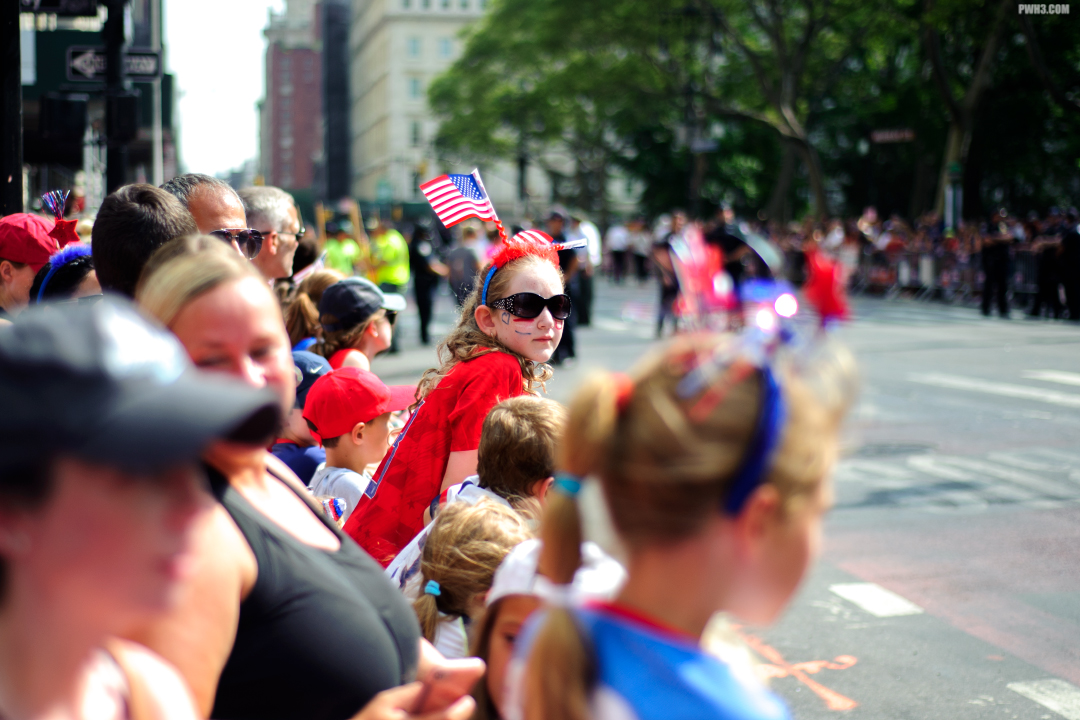
ISO Performance & Color
As ISO increases, the color rendition does not hold up as well, though that’s true of many cameras. The further up the ISO ladder you go, the more washed-out and inaccurate the colors become. When you reach ISO 3200 and beyond, you may find magenta or green color casts in a lot of your images.
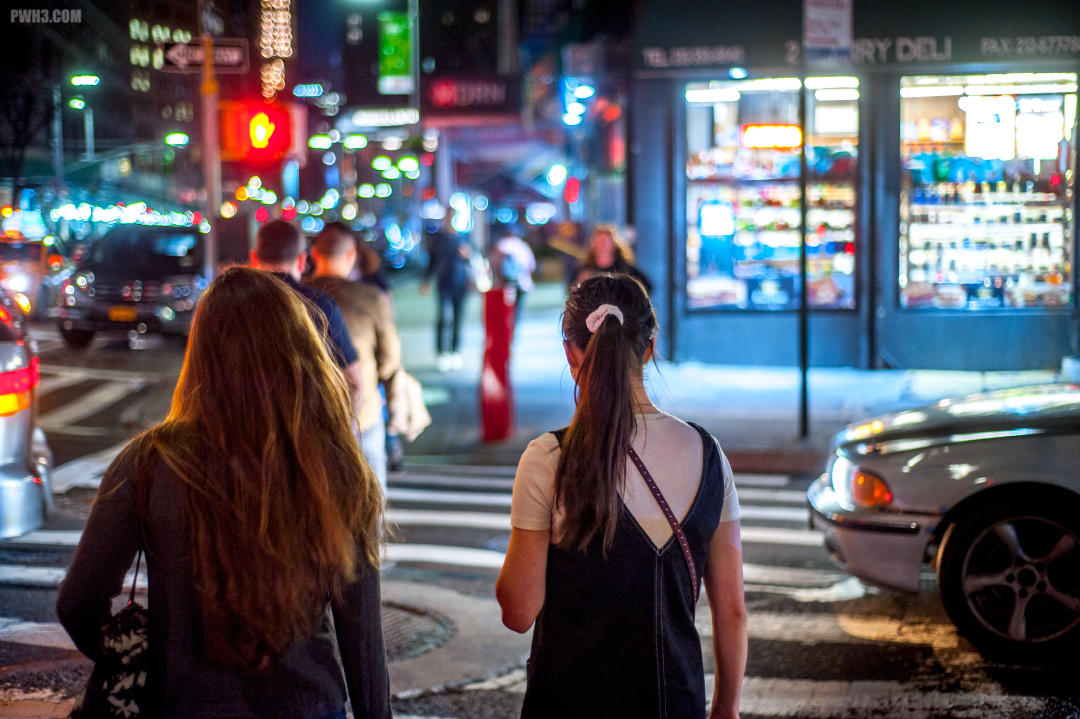
Difficult Shooting Situations
In high-contrast scenes where you may need to lift the shadows — such as trying to capture a group of people as they capture a sunset on their cell phones — there is a noticeable amount of noise. It’s not overwhelmingly bad, and not unlike film grain, but it definitely will be there if you try to salvage a photo taken under difficult conditions.
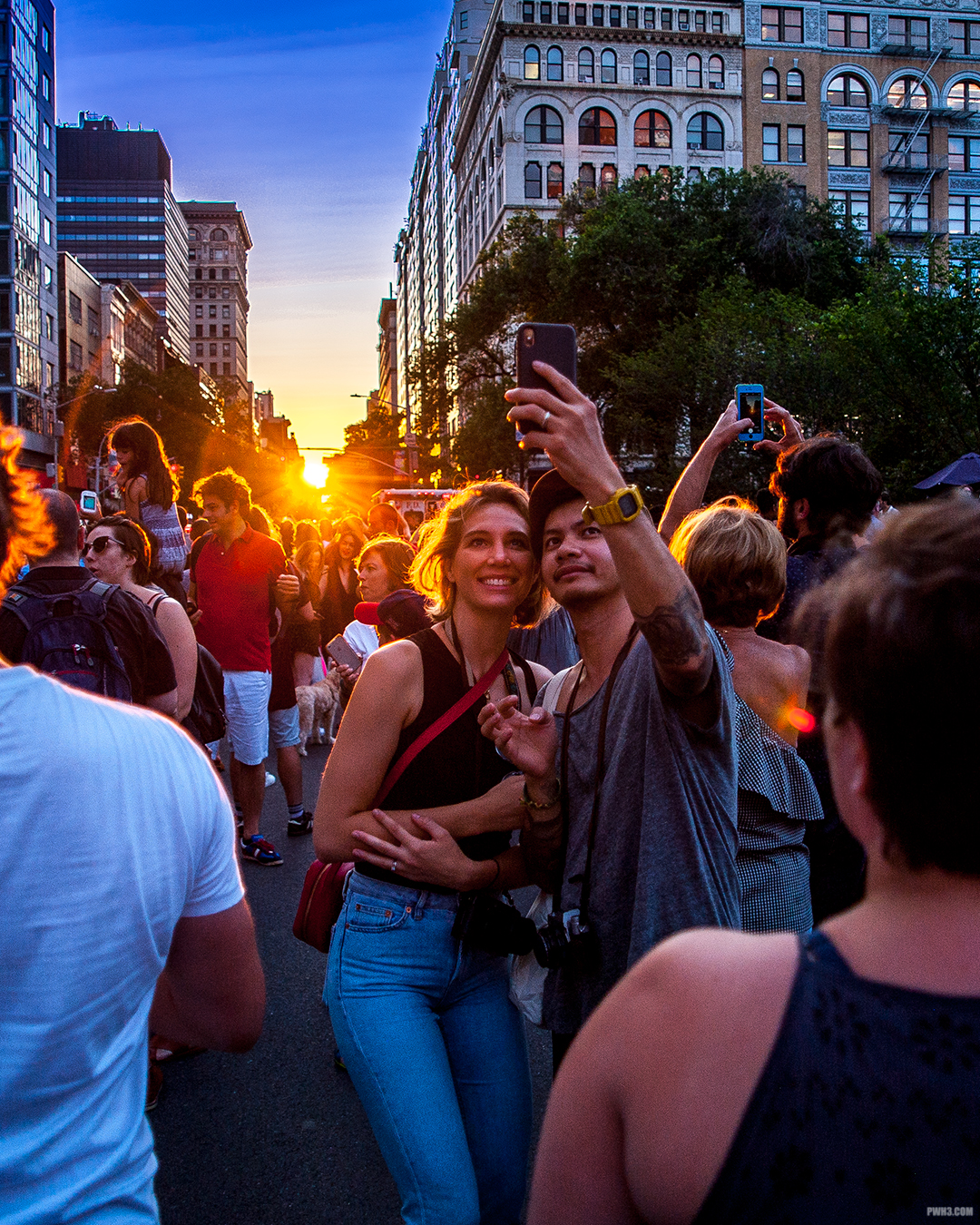
Low Light Performance
Noise is also noticeably present in high-ISO shots and night shots. In addition to noise, some night shots suffered from vertical AND horizontal banding at ISO 3200 and higher. If you shoot a lot of night shots like I do, I would say ISO 5000 is your usable limit in terms of noise. But you’re better off staying at ISO 3200 and below.
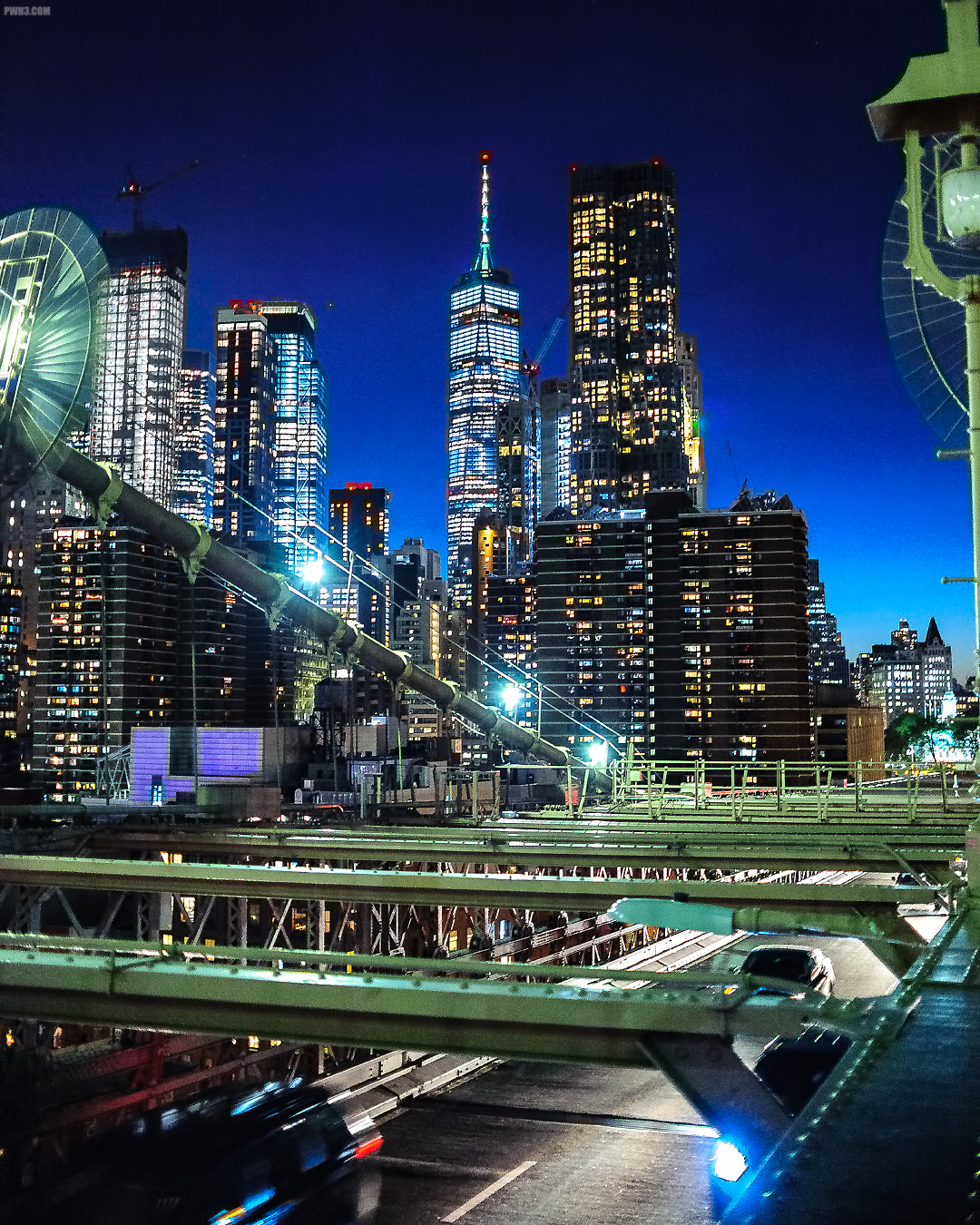
Other Things to Consider
This is an old camera, and the people who owned them were often professionals or serious enthusiasts. Therefore if you buy one it will probably have a very high shutter count. It’s likely that any one you pick up will have a shutter count of well over 100,000 actuations, and possibly over 200,000 actuations. The more actuations your camera’s shutter has, the more likely it is (statistically) that you’ll encounter a shutter failure which will need to be repaired.
If your camera suffers a mysterious problem and simply stops working, other parts needed for repair (such as LCD screens, internal electronics, the internal card reader) may be hard to come by or impossible to obtain.
The camera uses Compact Flash (CF) Cards instead of SD cards, so if you don’t have CF Cards laying around, that will be another thing you’ll need to buy. You will also need an external CF Card reader since no computer or laptop has a built-in CF card reader.
The Nikon D700 does not shoot video. In addition, the Live View mode is extremely cumbersome to the point of being useless, so if you’re a shooter who uses Live View often, you may want to rethink buying this camera.
If you are moving from a Nikon DX camera, you will mostly likely need to buy new lenses. Only FX lenses will work properly on this camera (except for the 35mm DX lens which actually does work pretty well, but that’s for another article).
Note: some of you who are Nikon DX users already have the Nikon 50mm f1.8G or f1.8D lenses which you are using for portraits; those two 50mm lenses will work fine.
So, remember to factor in the cost of all of these things when deciding to purchase this camera. You may find that your “cheap entry” into full-frame has gotten rather expensive after all.
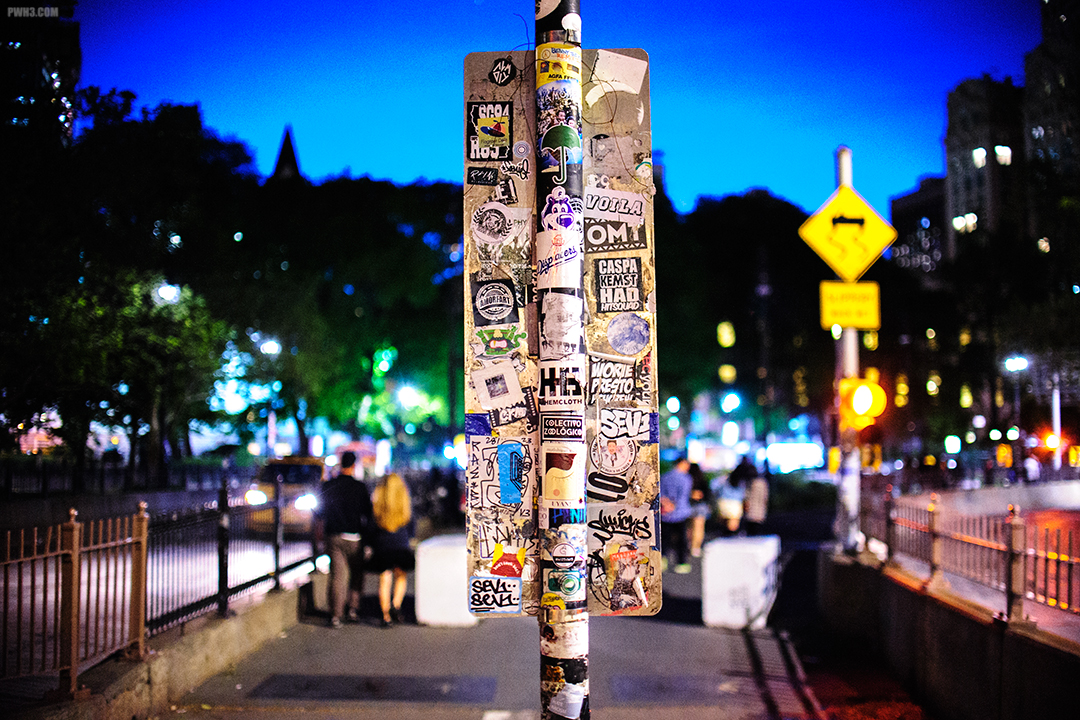
The Final Verdict
Would I recommend this camera over a recent DX Nikon? No. Even my little Nikon D5100 from 2011 performs better in terms of pure image quality and produces much better colors. It even handles noise better. The D700 is not a bad camera, especially for one that’s over a decade old. But technology has moved on and made significant improvements every area.
Would I recommend this camera to someone looking to buy their first full-frame camera? Maybe. The prices of used full frame cameras are all dropping. For a few hundred dollars more, you could pick up a used Nikon D610 or Nikon D750 which would produce much, much better low-light images. So if you’re a night or low-light shooter, I’d lean towards no. If you shoot mostly in the daylight or at well-lit events, then go for it.
I definitely recommend the D700 for people like me, who fall into the “always wanted one” category and are willing to put up with — or just don’t care about — the limitations of using an older camera. If you just want one, I feel like that alone is a perfectly fine reason to get one.
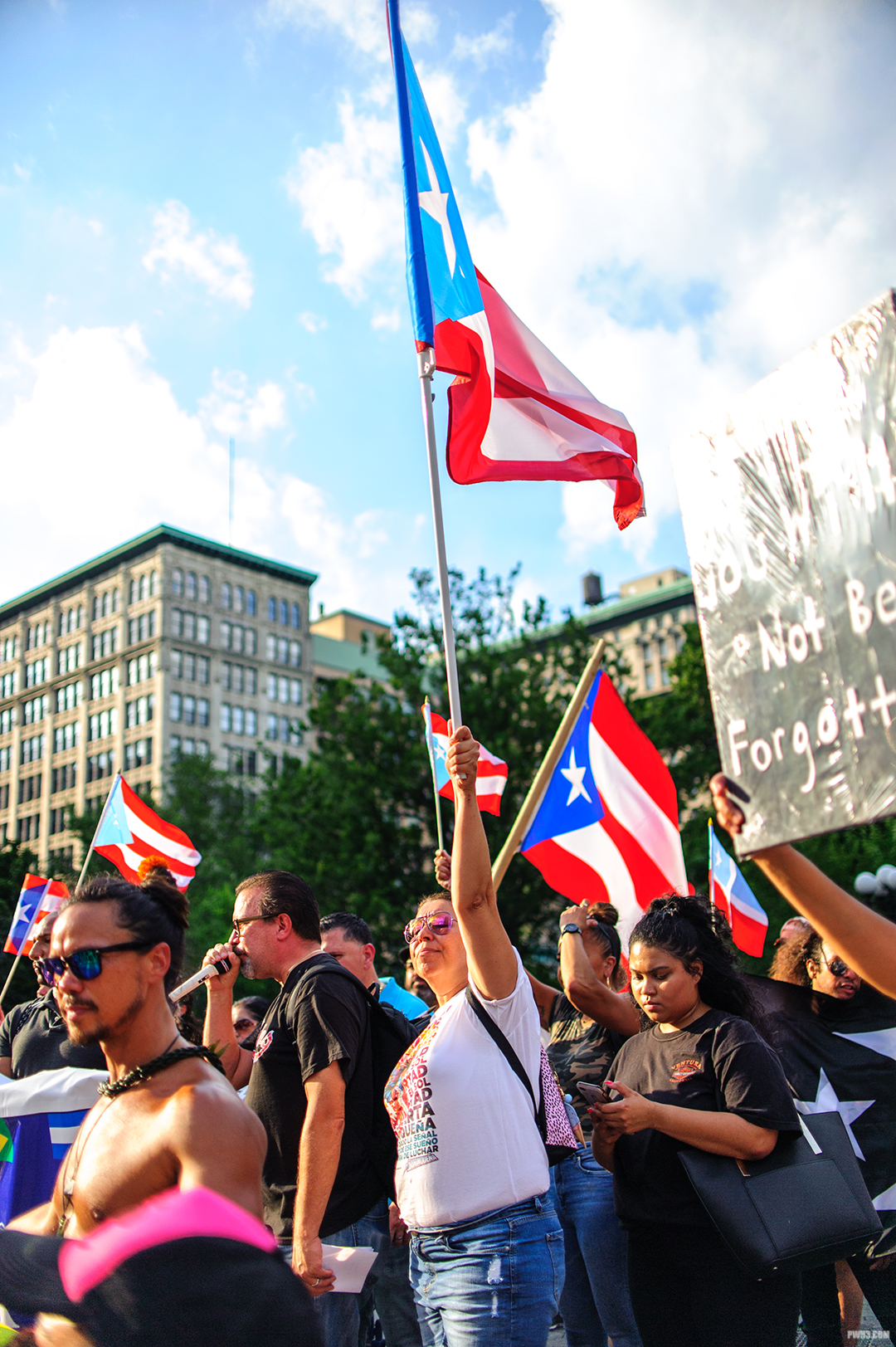
What are your thoughts on the Nikon D700? Leave a comment below if you are still using this camera in the year 2019 (or now, 2020) and tell me what you think about it. And consider following me on Instagram.
Using a Nikon D90 in the Year 2017
I really like using older cameras and gear and trying to squeeze the best results I can out of them. A while ago I picked up a used Nikon D90 as a “backup” camera (as if I need any more cameras). What’s it like using a camera that came on to the market in 2008? Honestly, not that bad.
If you shoot RAW like I’ve suggested, you can get some pretty good results out of a camera that’s considered staggeringly obsolete in today’s fast-moving world of technology.
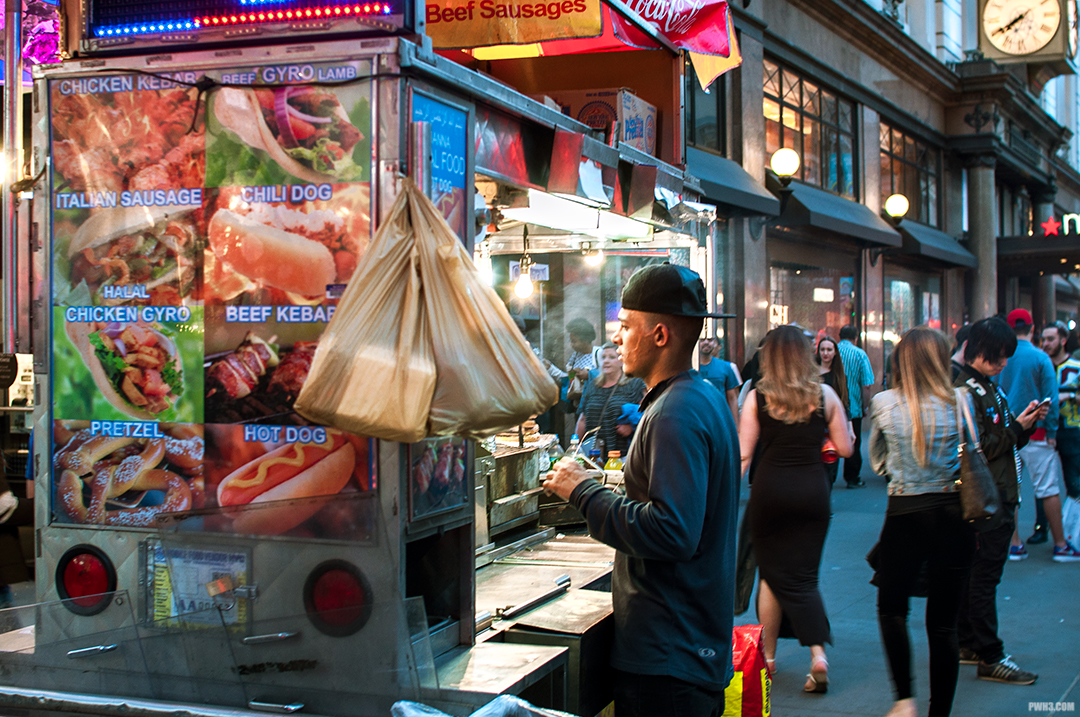
The D90 has a built-in focus motor, which is great because you can use almost any Nikon or third-party lens on it. I typically pair it with an old Sigma 30mm f1.4 DC HSM, a quirky lens that sometimes doesn’t focus on anything at all, but renders beautifully when it does.
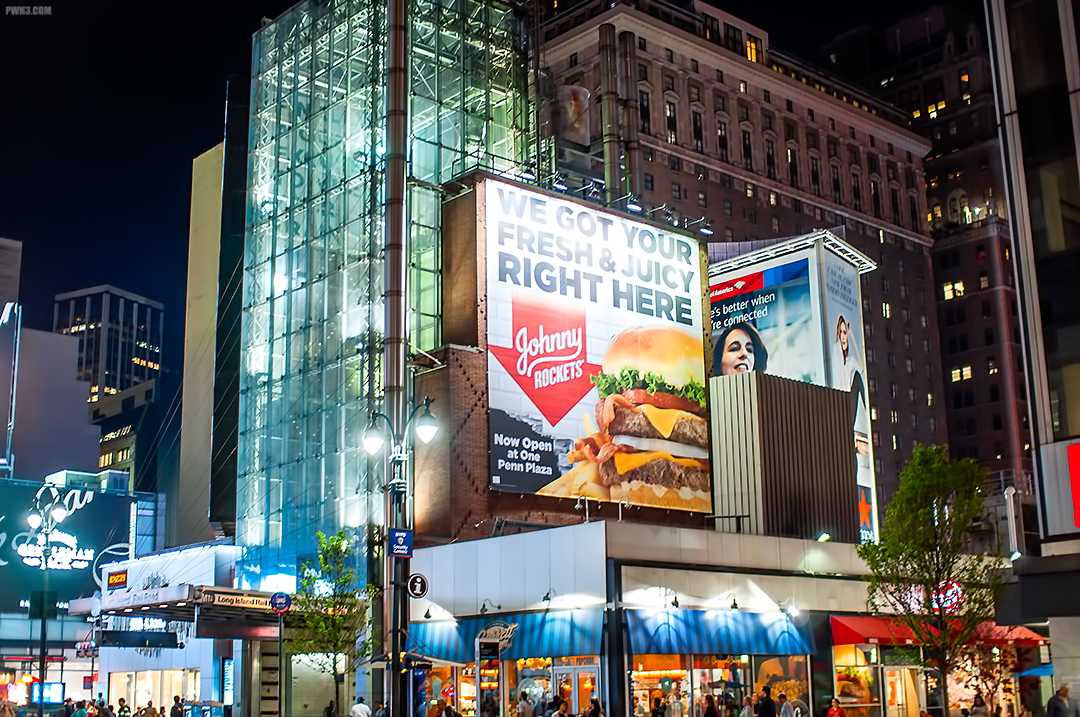
Another great thing about the D90 is the controls and handling. It has dual-dials and many buttons, making using the camera in manual mode very easy. You’ll probably want to shoot in manual mode, pick the lowest shutter speed you find acceptable, and keep your ISO under 800 to get the best results.
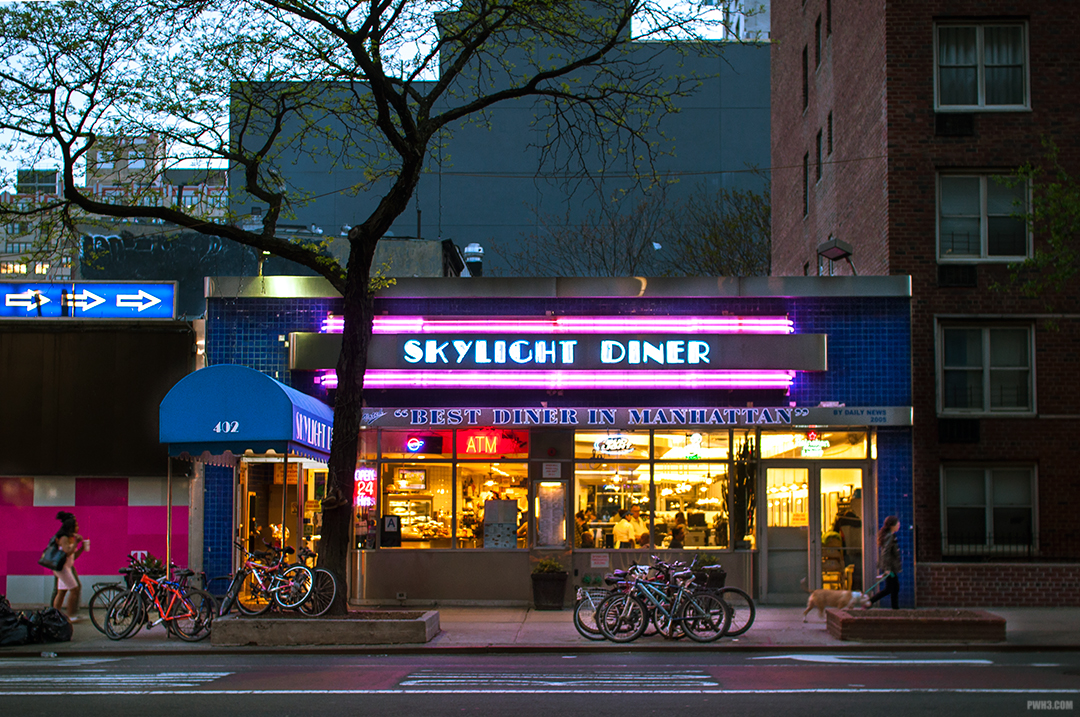
The 12.3 megapixel images definitely have a distinct “look” to them, and that’s due to a lack of dynamic range and what I find to be duller colors in general. With a good amount of post-processing effort on the RAW files, particularly in terms of color correction, you can bring them almost up to par with more modern cameras. On the other hand, it’s very easy to get a lo-fi “film look” out of the images if that’s what you’re aiming for.
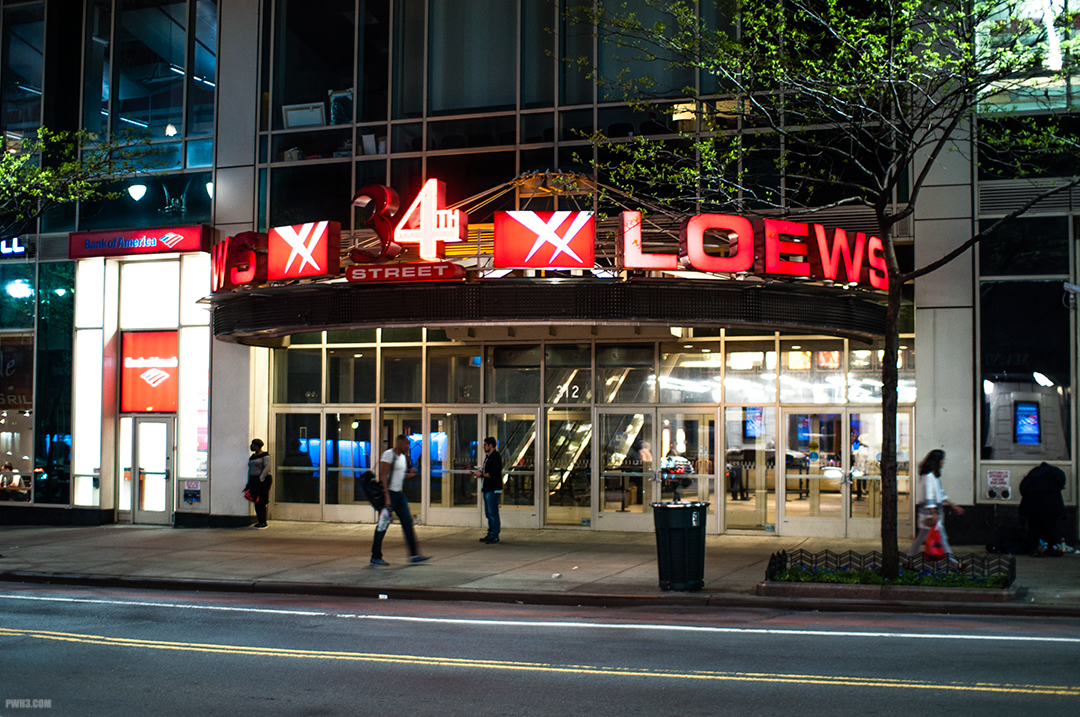
One last interesting thing about the D90 is that it seems to currently be very popular in other countries. Perhaps this is due to a lack of availability of other models at reasonable prices. I’m just guessing, I don’t really know. But if you hop on the #nikond90 or #d90 tags on Instagram, you’ll likely be treated to some very cool photographic scenes from all over the world.
Would I recommend that you run out and buy a D90? Honestly, no. You’ll get way better images out of a used entry level DSLR like a Nikon D3300 for around the same amount of money. Even with a lot of post-processing, the D90 images still won’t look quite as good as those from a newer camera, particularly when it comes to high-ISO shots.
However, if you’re looking for a creative challenge, really are looking for a backup camera that you won’t mind ruining, or just want to mess around with old technology, by all means get a D90 and go out and shoot with it.
The photos in this story were taken with a Nikon D90 and Sigma 30mm f1.4 DC HSM lens.

